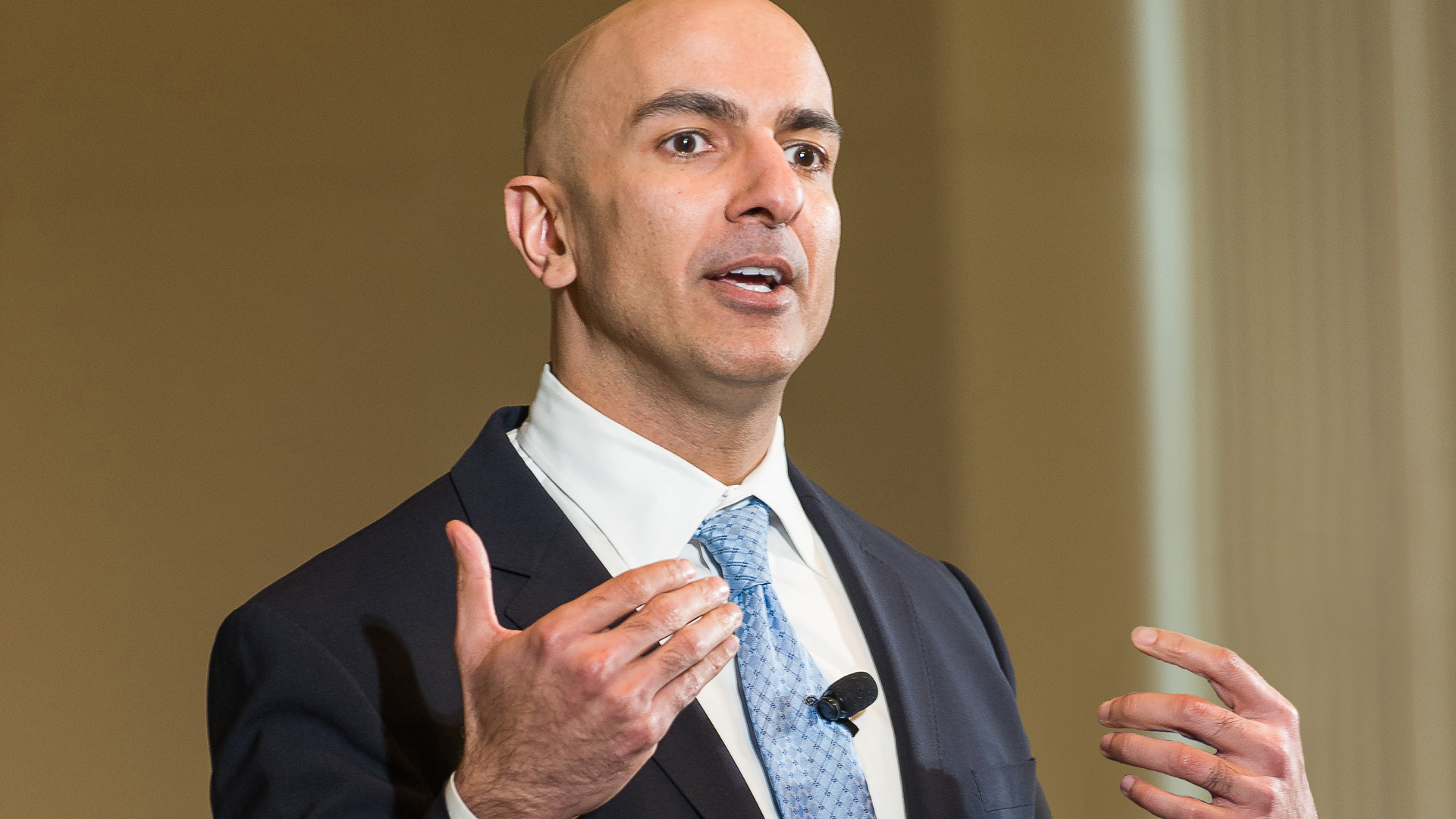The Fed is certainly not alone in developing and implementing policy responses to the financial crisis. The following is a brief description of other recent actions to stabilize markets. These have either jointly or individually involved Congress, Treasury, the Federal Deposit Insurance Corp. (FDIC) and/or the Federal Reserve.
- The TARP: One cornerstone of the U.S. government's response is the package passed by Congress and signed by President Bush on Oct. 3, 2008: the Emergency Economic Stabilization Act. EESA authorized the Troubled Asset Relief Program. Initially, this $700 billion program authorized the U.S. Treasury to buy troubled assets. On Nov. 12, 2008, however, the Treasury announced that it had decided not to purchase troubled assets as contemplated, but would continue to inject capital into financial institutions via purchase of senior preferred shares, as it has been doing since mid-October.
Treasury officials indicated that future uses of the TARP could include improving the capital positions of bank and nonbank financial institutions; securitizing consumer credit such as credit card receivables, auto loans and student loans; and increasing foreclosure mitigation efforts.
In sum, the TARP is intended to improve the capital position of banks, remove uncertainty from lenders' balance sheets, restore liquidity and confidence in the financial system and increase investor participationin the market.
While the Treasury plays the primary role for EESA, the Federal Reserve Board and its staff are consulting with the Treasury regarding the TARP. In addition, Fed Chairman Ben Bernanke chairs the TARP oversight board.
-
Money Market Insurance Program: This program, announced by the Treasury in September 2008, guarantees the share price of any eligible publicly offered money market mutual fund as of the date of the program. MMIP's purpose is to avoid a "run" on money market funds.
-
FDIC Measures: EESA also temporarily raised the limit on deposit insurance coverage provided by the FDIC from $100,000 to $250,000 per account. The FDIC took other stability-related measures, including expanding FDIC insurance to noninterest-bearing transactions accounts and guaranteeing select senior unsecured debt of FDIC-insured depository institutions and their bank holding companies.
-
Fannie and Freddie: On Sept. 7, 2008, the Federal Housing Finance Agency placed Fannie Mae and Freddie Mac into conservatorship. This action was supported by the Fed and the Treasury. These privately owned firms together had more than $5 trillion in mortgage-backed securities and debt outstanding; the government made its implicit backing explicit through recapitalization and liquidity support by preferred stock purchases and a new secured lending facility from the Treasury.
-
Citigroup Inc.: On Nov. 23, 2008, the U.S. government entered into a broad-based agreement with Citigroup to provide a package of guarantees, liquidity access and capital. Under the agreement, the Treasury and FDIC provide a backstop to large losses on approximately $306 billion of residential, commercial and other assets on Citigroup's balance sheet. Citigroup will issue preferred shares to the Treasury and FDIC as a fee for this arrangement, and the Federal Reserve has agreed to further backstop risk in the asset pool through a nonrecourse loan if needed. The Treasury also agreed to purchase an additional $20 billion in preferred stock in Citigroup through the TARP.
-
Housing Market Support: On Nov. 25, 2008, the Federal Reserve announced it will purchase the direct obligations of housing government-sponsored enterprises and the mortgage-backed securities of Fannie Mae, Freddie Mac and Ginnie Mae. The purchases of up to $100 billion of GSE direct obligations are conducted by the Federal Reserve's primary dealers through competitive auctions, and the purchases of up to $500 billion in mortgage-backed securities will be conducted by asset managers, also through competitive auctions.
Return to: Actions to Restore Financial Stability


